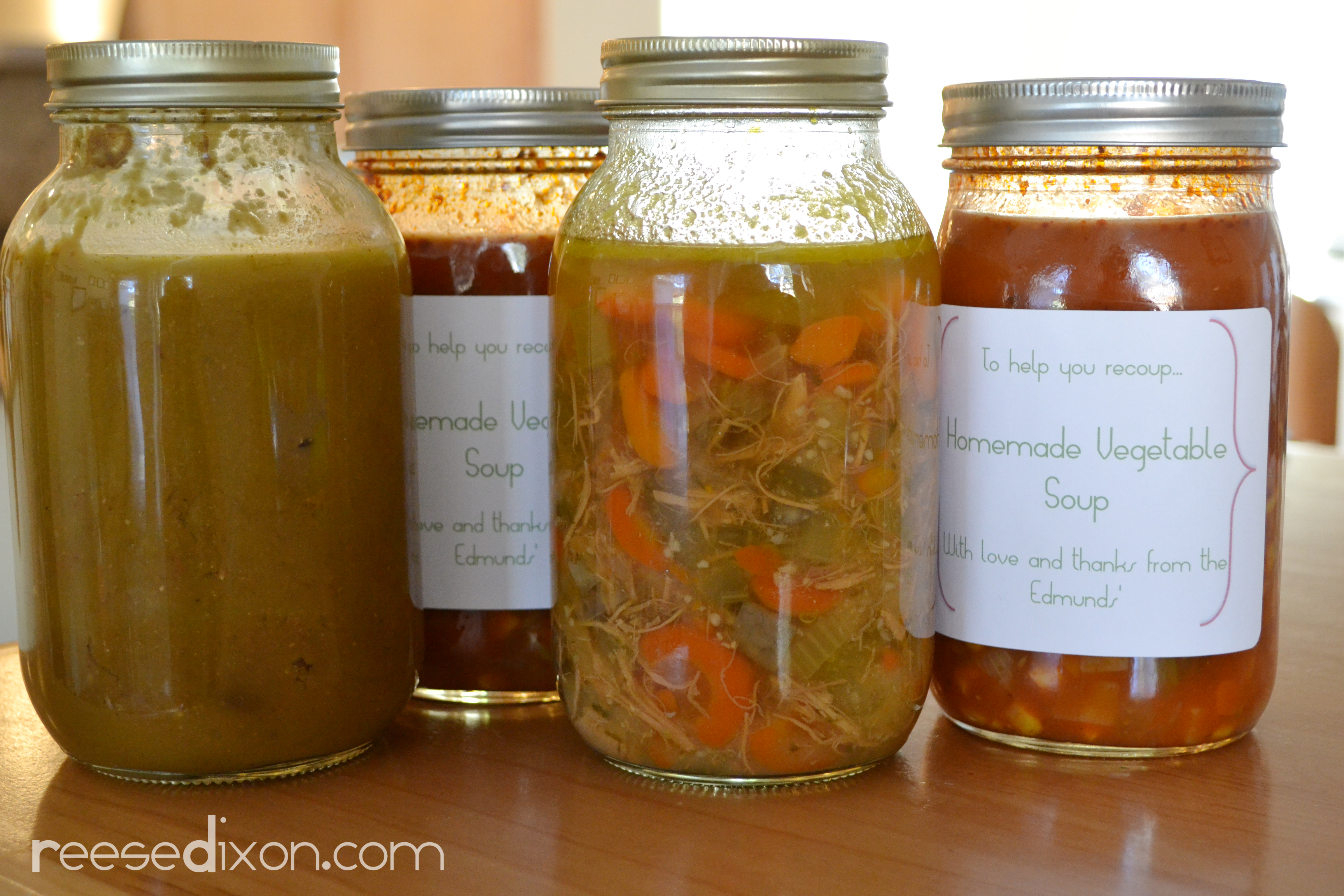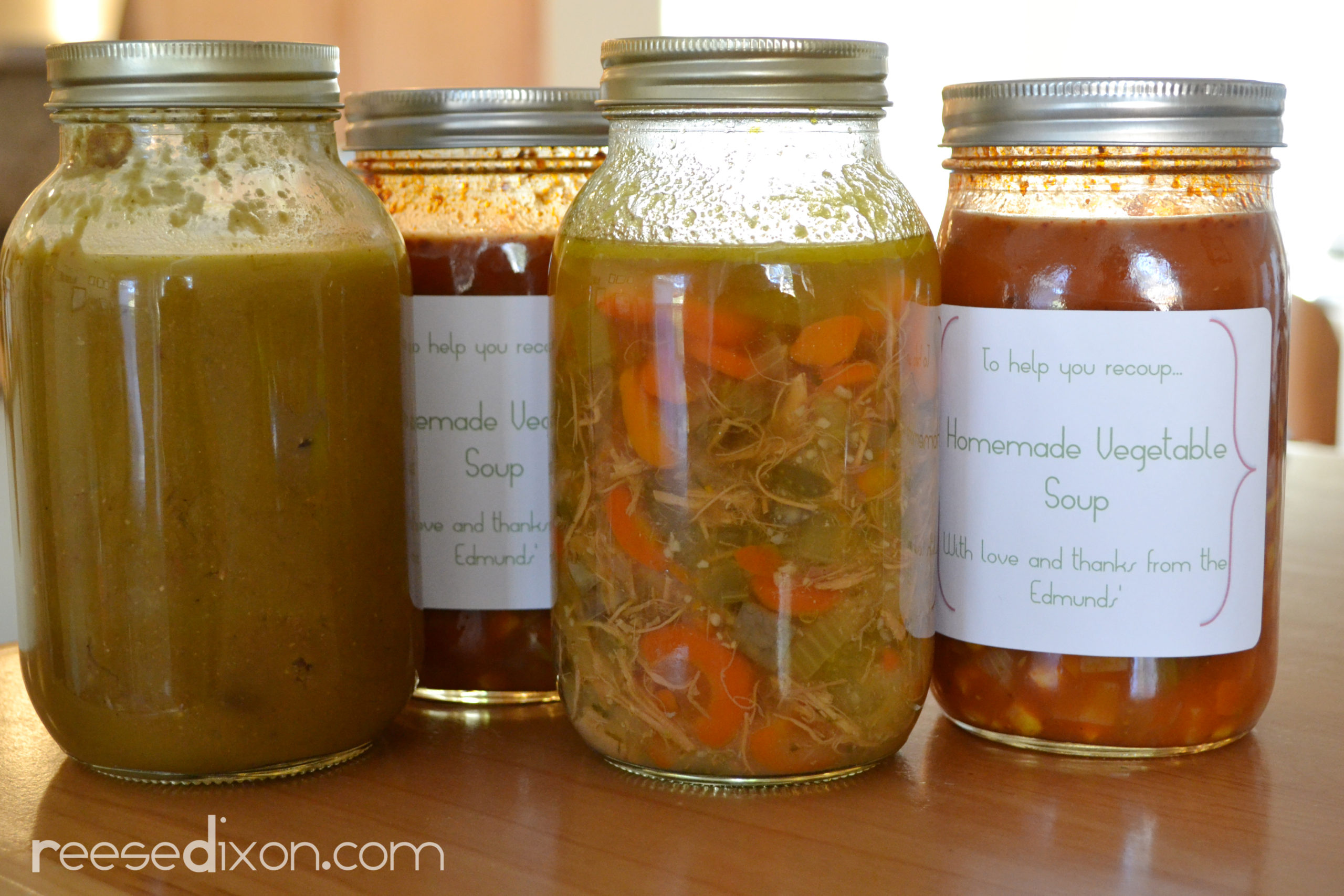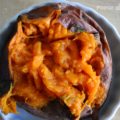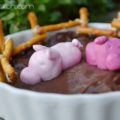
As I try to keep my gluten reduced, trying to eat from scratch, really just cutting out some processed foods “diet”, I knew I needed to give myself a safety net. There are a lot of days around here, a LOT of days, where dinner time comes around and I am too worked over to even think about lifting a finger. Or I’m up against a deadline and can barely stop to eat let alone cook. Or Bear is working late and then planning a seminary lesson and I’ve got Atti by myself for his whole waking day. Dinner is one of the first things to go when I’m evaluating my ever shifting priority list. That and laundry. And sweeping. And basically cleaning anything in my house that doesn’t create smells.
So to try and set myself up for success I knew I had to have something prepared and handy for those days when I couldn’t scrounge something together. Whether it’s for our health or for our budget, whenever we set the goal of eating at home I always blow it when I’m too tired to make dinner and the call of In N Out is too strong. I had to have something ready to beat back that temptation.
My love of canning comes in handy again. I bought a pressure canner years ago once I realized that I was ready to commit to canning as a way of life, but the only time I’ve used the pressure feature is when I canned tomatoes earlier this summer. Pressure canning is no harder than water bath canning, but there is a bit of a learning curve.
I put up my homemade vegetable soup, my garlic cilantro chicken soup, and a curried split pea and ham soup, and the process was not entirely successful. I started with the chicken soup, and it was there that I learned you need to give yourself a lot more headroom in the jars. Like, an inch and a half. The high pressure gets the soup boiling hard and high and I had a LOT of lids that didn’t seal because the broth was bubbling out. I refused to learn my lesson and had to process a bunch of the jars so many times that I basically have vegetable mush in chicken broth.
Canning the split pea soup I learned that the long canning process REALLY intensifies the seasoning. Of course, I didn’t realize this until all the canning was done and I cracked open a jar to discover that the soup was basically inedible because of the amount of salt and curry flavor that overpowered everything else. Go easy on the salt. The liquid reduces during canning and you’re left with a whole lot more salt flavor than you had going in.
By the time I canned the vegetable soup I figured out what I was doing and had nothing but success. This round of chicken soup and split pea soup might all end up in the compost and chalked up to a lesson learned, but at least I’ll have a whole bunch of vegetable soup to rely on as the weather turns cold and I’d rather curl up with a blanket and a cat instead of cooking a meal from scratch.





Oh sweetie you have no idea how helpful this is to know! Hey, even mistakes can serve a purpose, so don't beat yourself up-it's only peas, really, and your sacrifice of some soup has helped you learn how to use the pressure canner. As far as cost of learning goes, that's not a bad bargain at all. I've been toying with the idea of a pressure canner for quite some time, as we grow more and more of our own stuff, and it never even occurred to me to try it with soup. I'll bet I could do beans this way (dried beans, cooked, which are so much cheaper and have less salt).